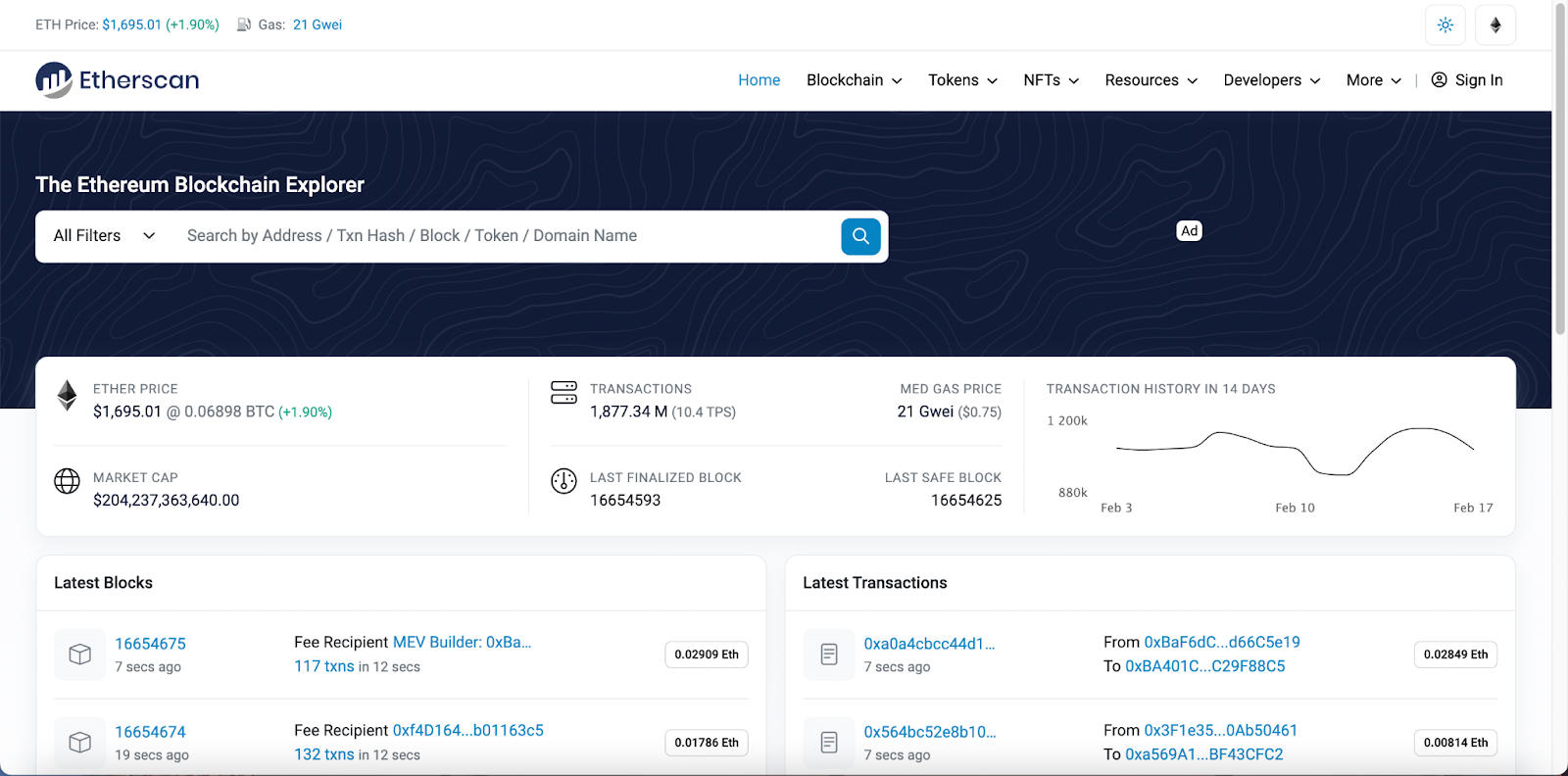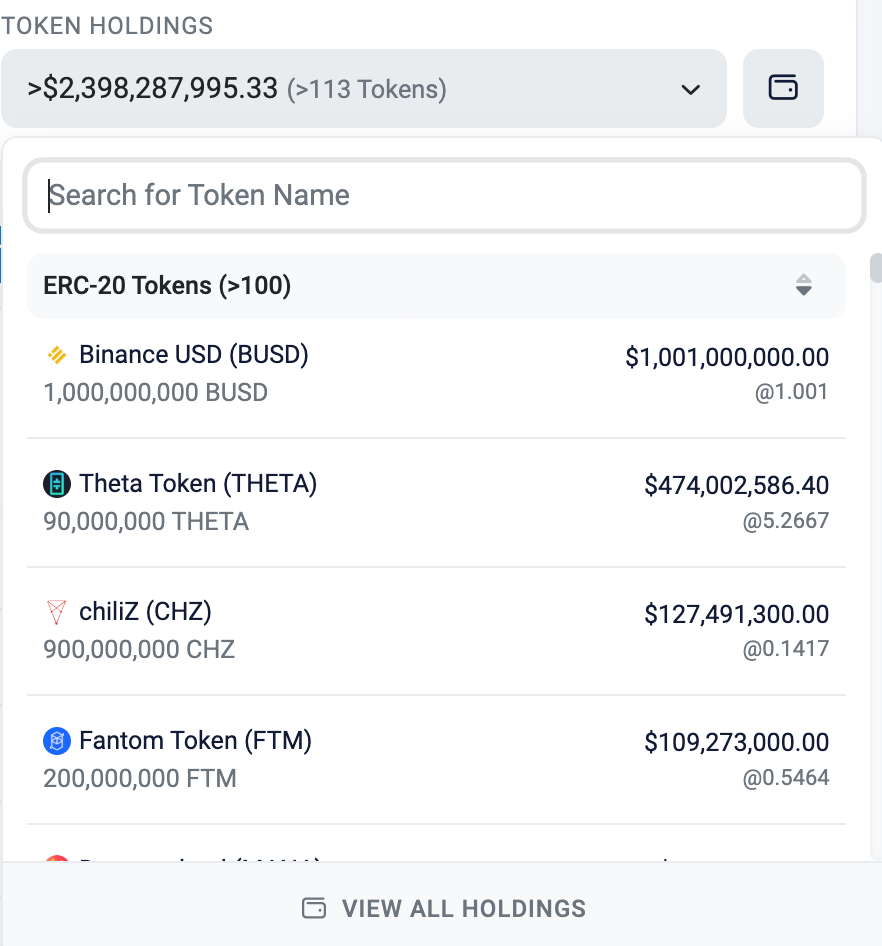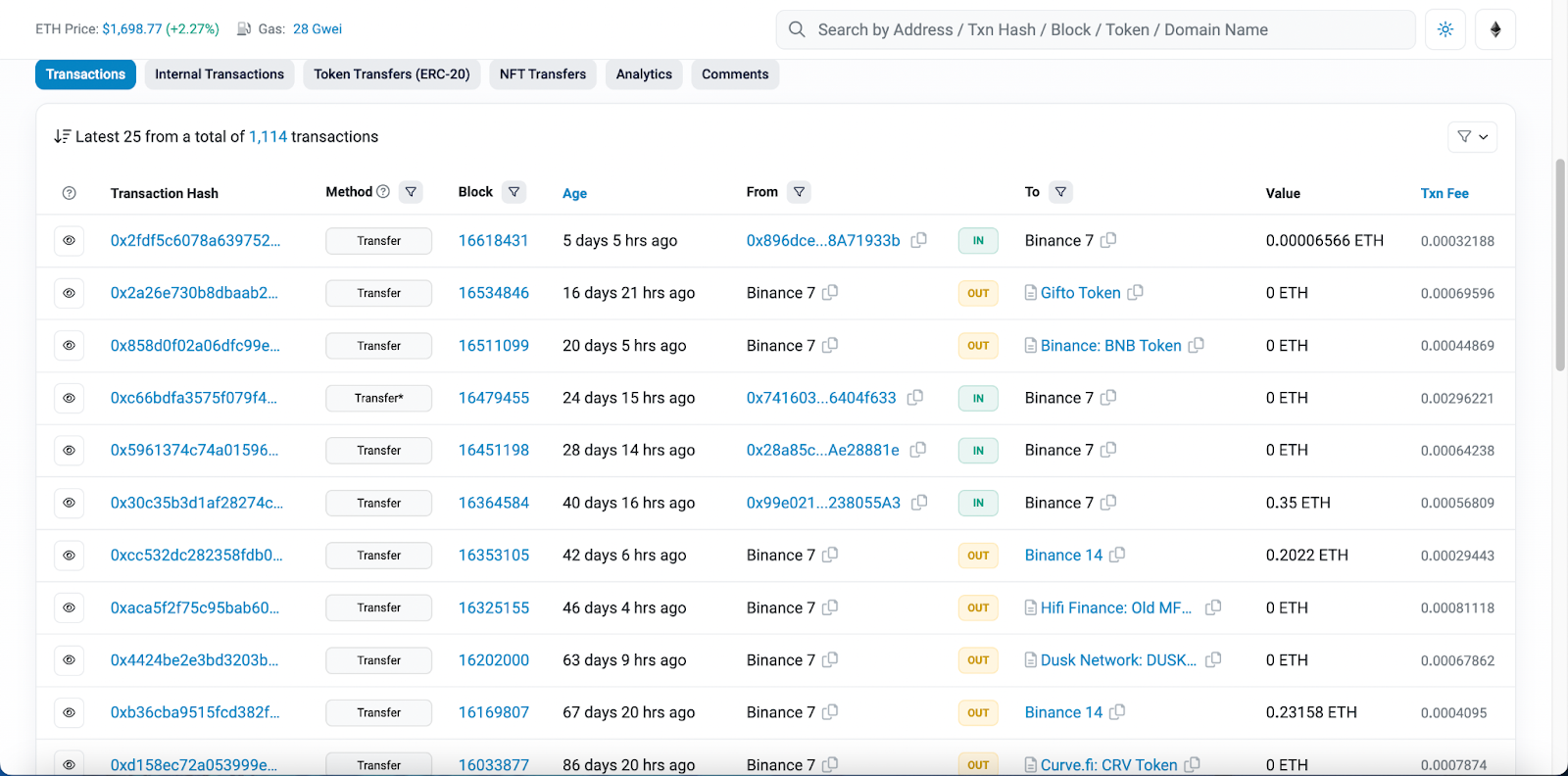
Ever wanted to track a crypto millionaire’s wallet on how they make their money? Or you want to prove to your friend that you really did send over crypto to their wallet but it just hasn’t shown up yet. Fortunately, the blockchain is an open ledger meaning we can track specific transactions. Block explorers help us do this by acting as an interface to retrieve data from a blockchain. These include transactions, blocks, gas fees, timestamps, addresses and much more. Let’s dive into how exactly we can use them!
Go to Etherscan.io or BscScan.com. Both look and function similarly. For this guide, we will be using Etherscan.

Enter the crypto wallet address you wish to view on the search bar.

An overview of the selected wallet’s data will appear on your page.

Hovering over token holdings will show you all the different crypto that specific wallet owns along with their amount and dollar value.

The lower part of the screen shows all of the wallet’s transactions.

Click on one of the transaction hashes to view data specific to that transaction. Similarly you can get to this page by inputting a specific transaction hash in the search bar instead of a wallet address.

Data about the specific transaction will appear on your screen.

Read and analyze the data shown.
With block explorers, navigating the blockchain has never been easier. Now you can track specific wallets and analyze your own transactions. These are just at the tip of the iceberg so feel free to try them out and explore the blockchain.